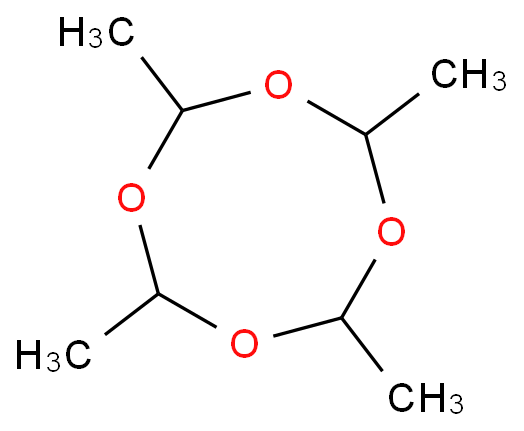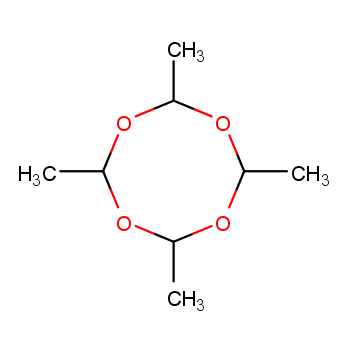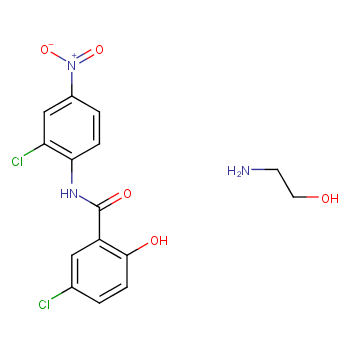Molluscicides are chemicals or biological agents used to control or eliminate snails and slugs, which are important agricultural pests that can cause significant damage to crops. Molluscicides are also used in public health programs to control snail-borne diseases such as schistosomiasis.
There are several types of molluscicides, including:
Chemical molluscicides: These are synthetic compounds that are toxic to snails and slugs. They can be applied directly to the soil, foliage or water bodies where snails and slugs are present.
Biological molluscicides: These are natural products or organisms that control snail populations. Examples include predatory snails, nematodes, and bacteria.
Physical molluscicides: These are mechanical or physical means of controlling snails and slugs, such as barriers or traps.
Molluscicides can have negative impacts on non-target organisms and the environment, and their use should be carefully regulated and managed to minimize these impacts. Integrated pest management strategies that combine multiple control methods should be employed to reduce reliance on chemical molluscicides.
.more+





